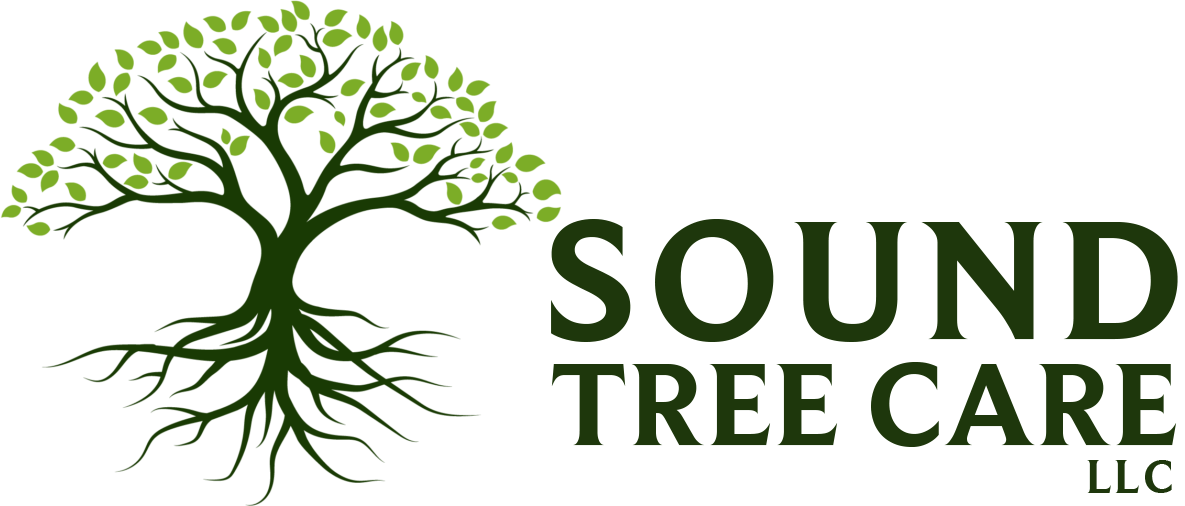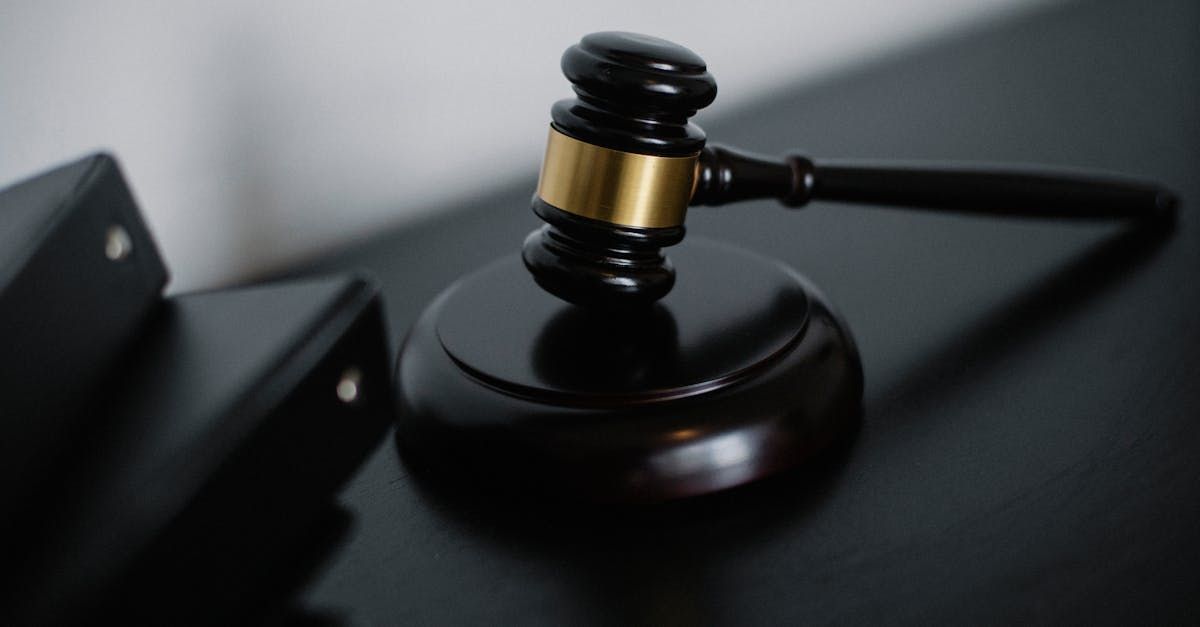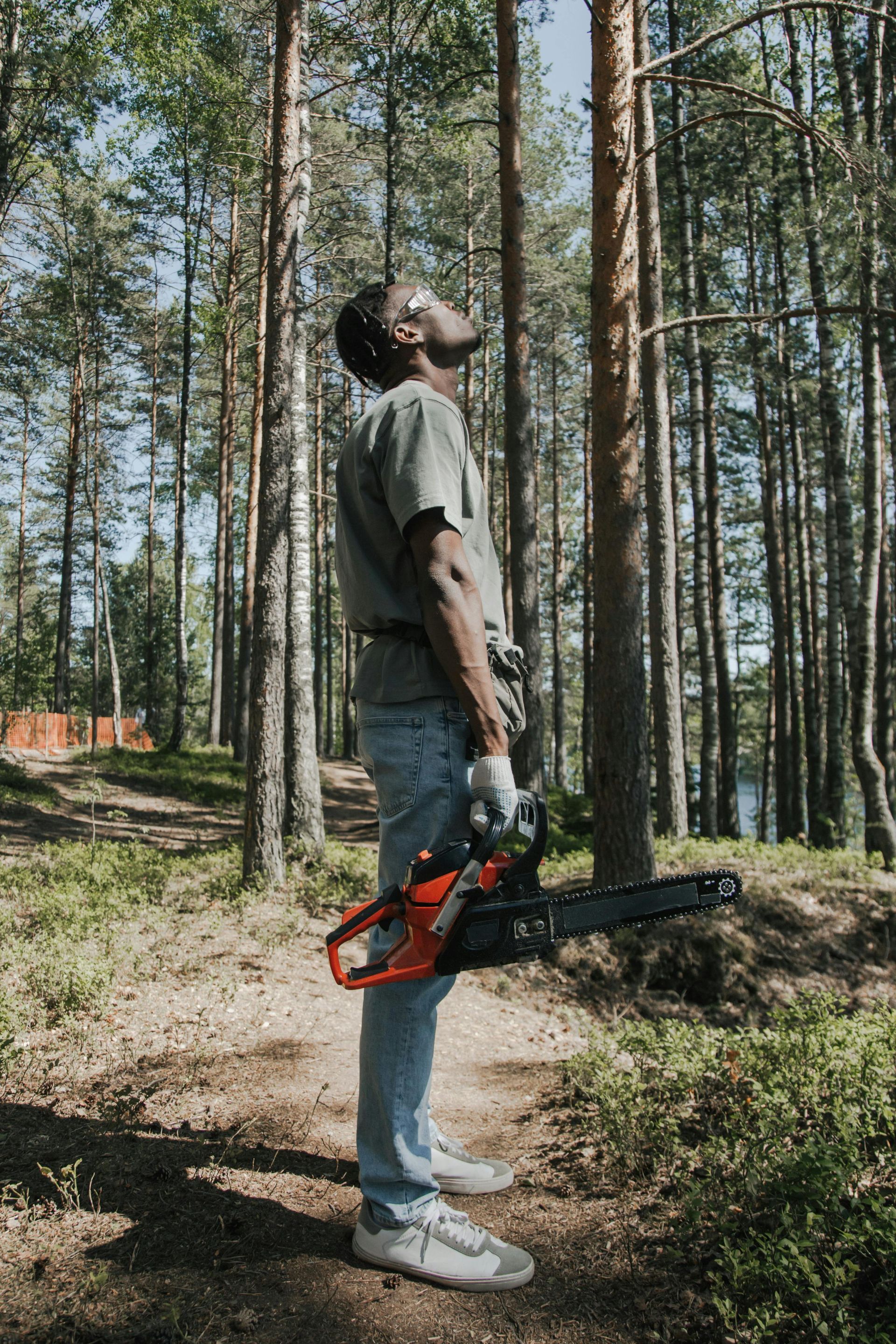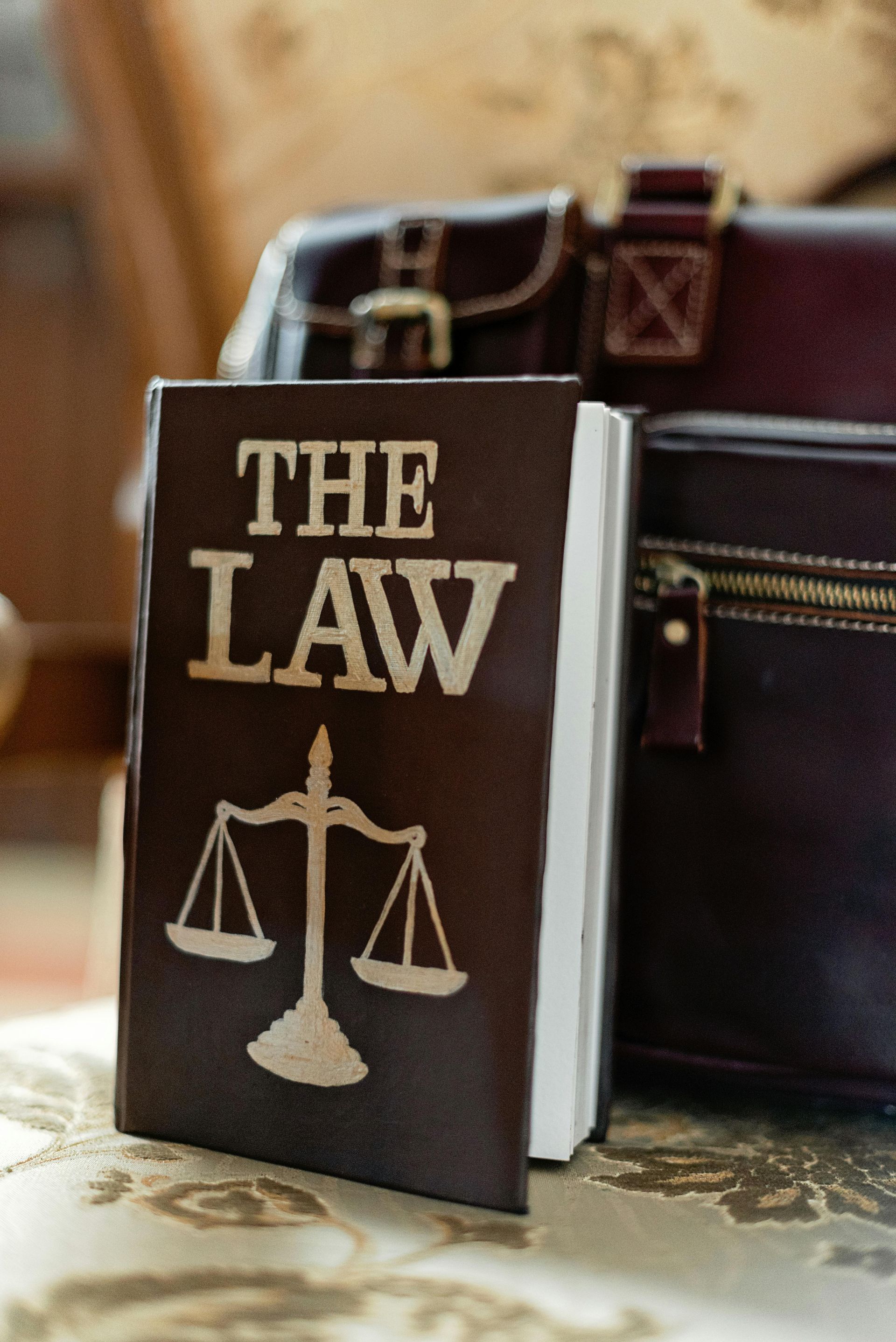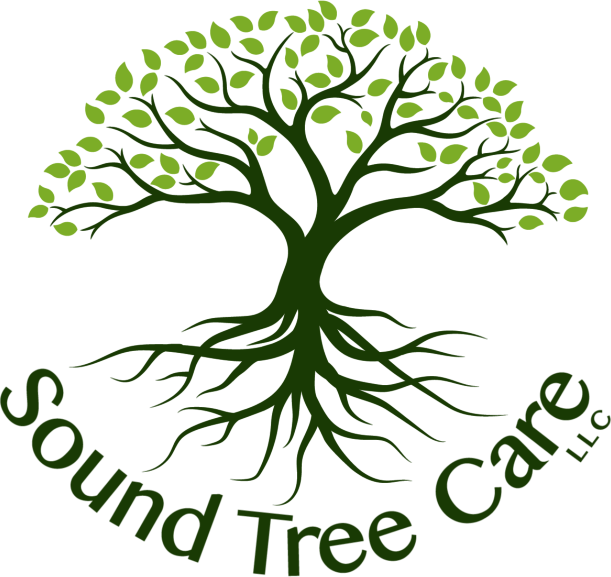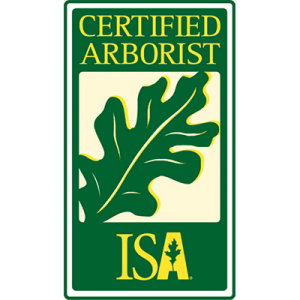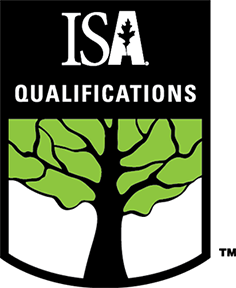Under Washington law (RCW 64.12.030), harming or destroying a boundary tree can come with treble damages—meaning you’ll owe three times the tree’s monetary value plus any associated emotional distress. While smaller ornamental trees might only be worth a few thousand dollars, mature tree—particularly species like black walnut, white oak, or Douglas fir—are regularly appraised at tens of thousands, and in rare cases, even upwards of six figures. When treble damages are applied, it’s easy to see how liabilities can quickly escalate—turning what might seem a harmless mistake into a $300,000+ financial exposure under the law. This chart illustrates how rapidly costs can multiply—a powerful incentive to avoid even accidental trespass.
Timber Trespass & Boundary Tree Law in Washington State
Written By: Eric Ledford
ISA Certified Arborist – PN-9290A
ISA Qualified Tree Risk Assessor (TRAQ)
What Is Timber Trespass? RCW 64.12.030 Explained
📊 RCW 64.12.030: Timber Trespass Damages
What Counts as a Boundary Tree Under WA Law?
🪴Identifying a Boundary Tree
Not every tree near your fence line is a “boundary tree”—only those whose trunk lies on or over the property line qualify. Use the flowchart to make a quick self-assessment:
- If the trunk crosses the line, it’s owed shared ownership status under law.
- Once confirmed, you
must obtain signed agreement from all co-owners before trimming, removing, or touching the root zone.
If the trunk remains on your property, standard pruning rules apply—but you’re not dealing with boundary tree regulations.
Strict Liability & Treble Damages
💡What You Can Do vs. What’s a Trespass
✅ What You're Allowed to Do (Legal)
- Trim overhanging branches up to your property line (must not harm tree doing so)
- Remove dead limbs that don’t harm the overall health of the tree
- Obtain written permission (like a signed agreement) before any removal or extensive trimming
🚫 What You Must Avoid (Illegal & Risky)
- Girdling, cutting down, or poisoning a boundary or shared tree
- Removing or uprooting the trunk or roots of a tree that straddles or affects both properties
- Proceeding without your neighbor’s written consent if there's any risk of harm or damage
🧭📏When trees appear near your property line, it’s important to understand who owns what—and what that means legally. Your trees, rooted fully on your land, are entirely under your control (within local regulations); your neighbor’s trees, while they may overhang into your yard, legally belong to them, and pruning must be done with care and adherence to boundary rules; and boundary (shared) trees, whose trunks or roots straddle the line, are joint assets—and under Washington’s timber trespass statute, harming them without written consent can trigger serious consequences like treble damages. This three-card section helps make these distinctions clear, so you can act confidently and responsibly.
Resources for Further Reading on Washington State Tree Laws
❓ Frequently Asked Questions
This FAQ addresses the most common homeowner concerns, including:
What defines a boundary tree?
A boundary tree is one whose trunk straddles the property line between two parcels. In Washington, such a tree is owned jointly by both neighbors under the concept of tenancy in common. This shared ownership means neither party can remove or harm the tree without the other's permission.
Is trimming overhanging branches legal?
Yes––but only if it doesn’t endanger the tree’s health. Washington law allows trimming cobeneficial branches that overhang your property, but if the trimming is done in a way that kills the tree, it constitutes timber trespass, exposing you to liability under RCW 64.12.030
What happens if I accidentally remove one by mistake?
Under RCW 64.12.030, you can still face treble damages—three times the tree’s value, including emotional distress—even for accidental removals, unless you can prove the act was casual or involuntary, a high legal bar. Washington courts have reinforced strict liability in such cases, focusing on damage caused—not intent.
What penalties apply under Washington’s timber trespass law?
If found guilty under Washington’s tinber trespass statute (RCW 64.12.030), you may owe:
Base damages (market value of the tree + emotional distress),
Treble damages (× 3 total),
Attorney’s fees—courts typically award these as part of the verdict.
How do I avoid liability for boundary trees?
- Confirm boundaries with a surveyor or arborist.
- Get written consent from your neighbor before pruning or removal.
- Be specific with tree professionals, and document instructions to avoid accidental harm.
✅ Quick Takeaway
Boundary trees are shared assets governed under Washington’s timber trespass law, which treats any damage as a serious civil offense. Even accidental harm can lead to substantial liability. Before trimming, cutting, or removing any tree near a property line, conduct due diligence with surveys and obtain written permission to stay clear of costly legal repercussions.
🛡️ Protect Your Property, Preserve Your Trees🌲
When trees cross property lines, Washington law (RCW 64.12.030) treats them as shared assets—making it illegal to harm or remove a boundary tree without consent. Whether you’re dealing with overhanging branches, fallen trees, or trimming disputes, it’s critical for homeowners, contractors, and property managers to understand boundary tree law, timber trespass penalties, and your legal rights and responsibilities under state statute.
